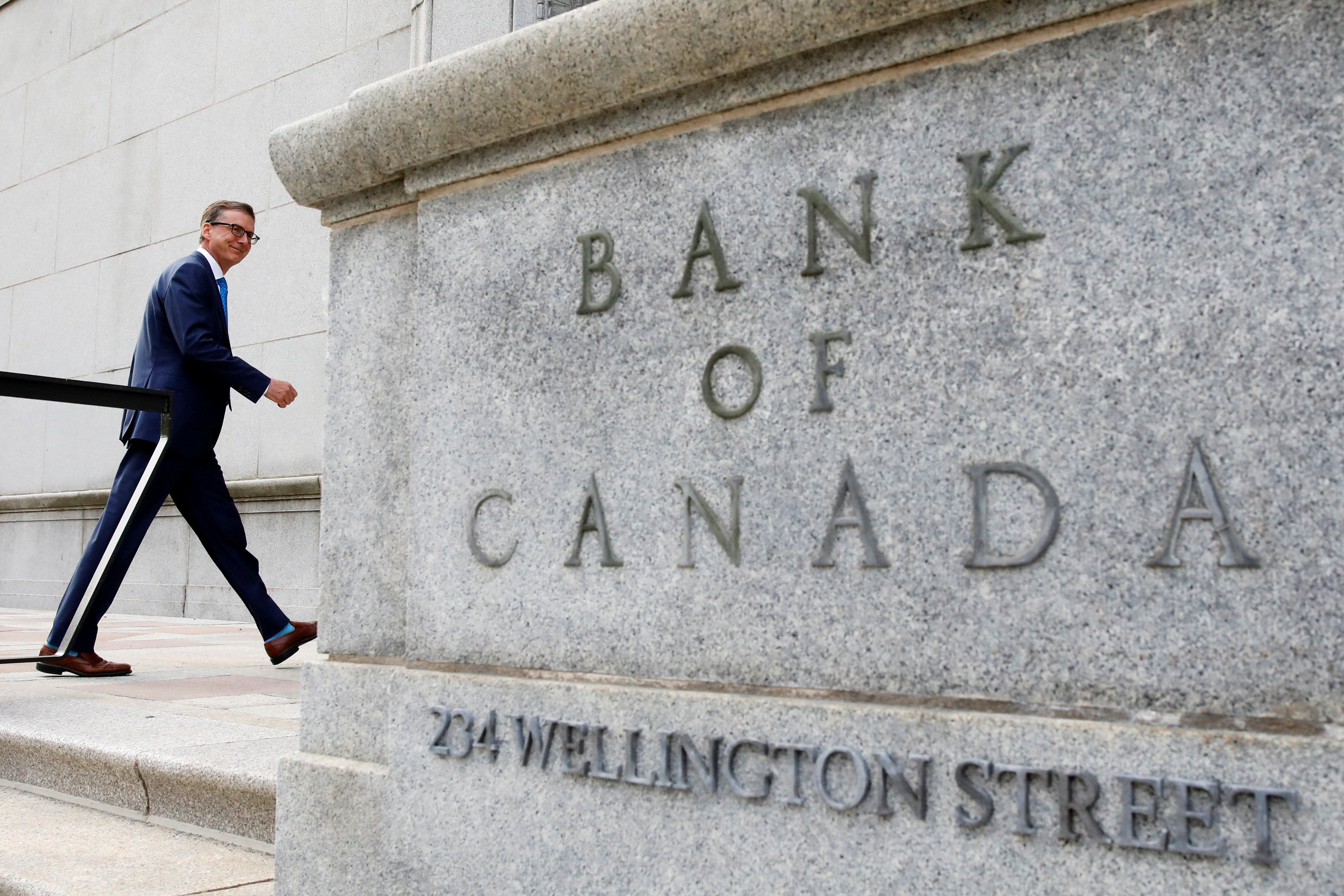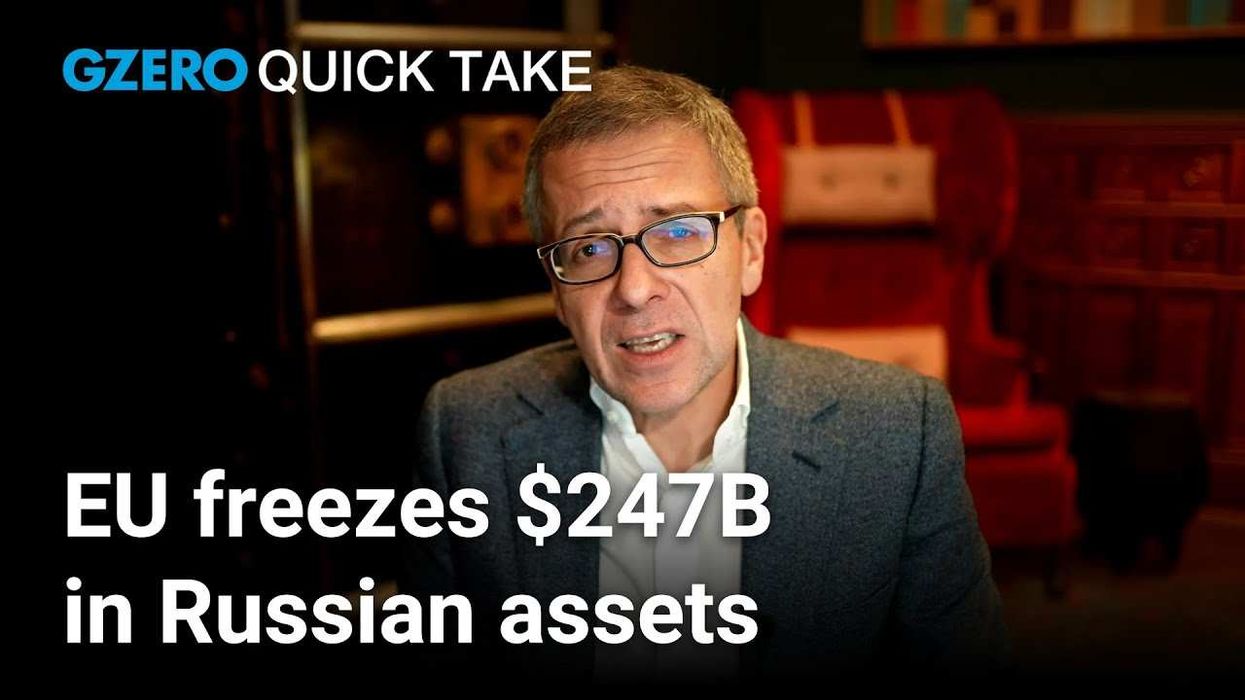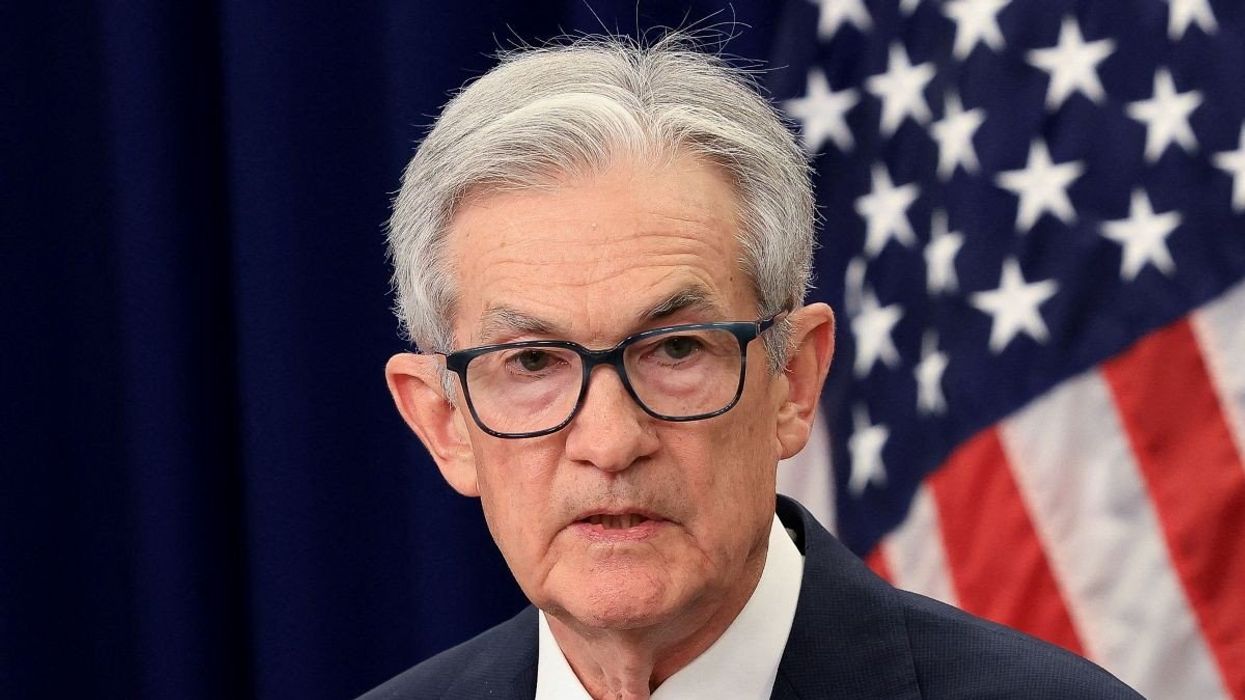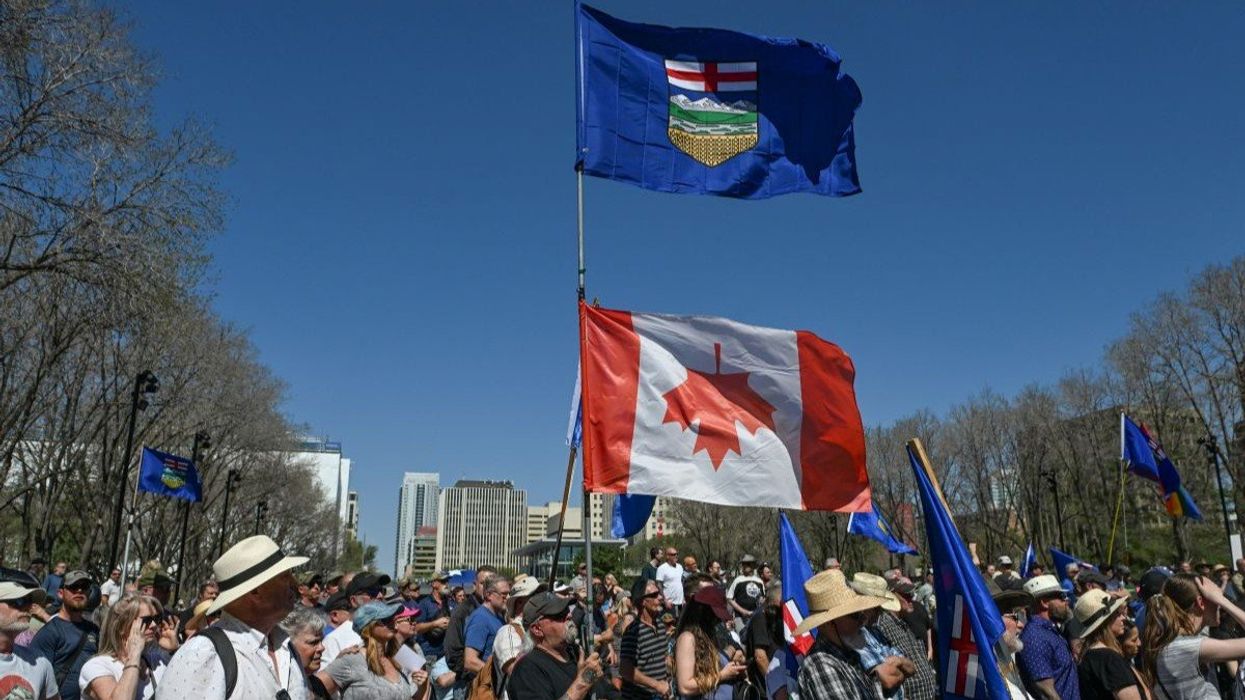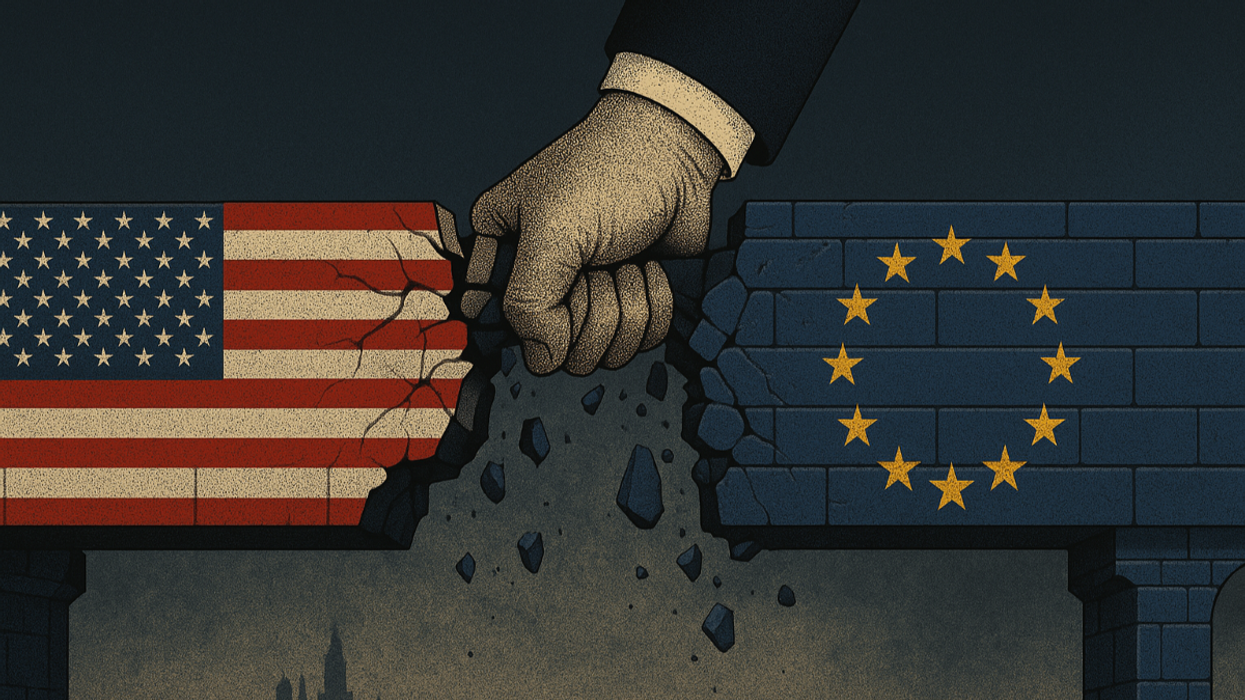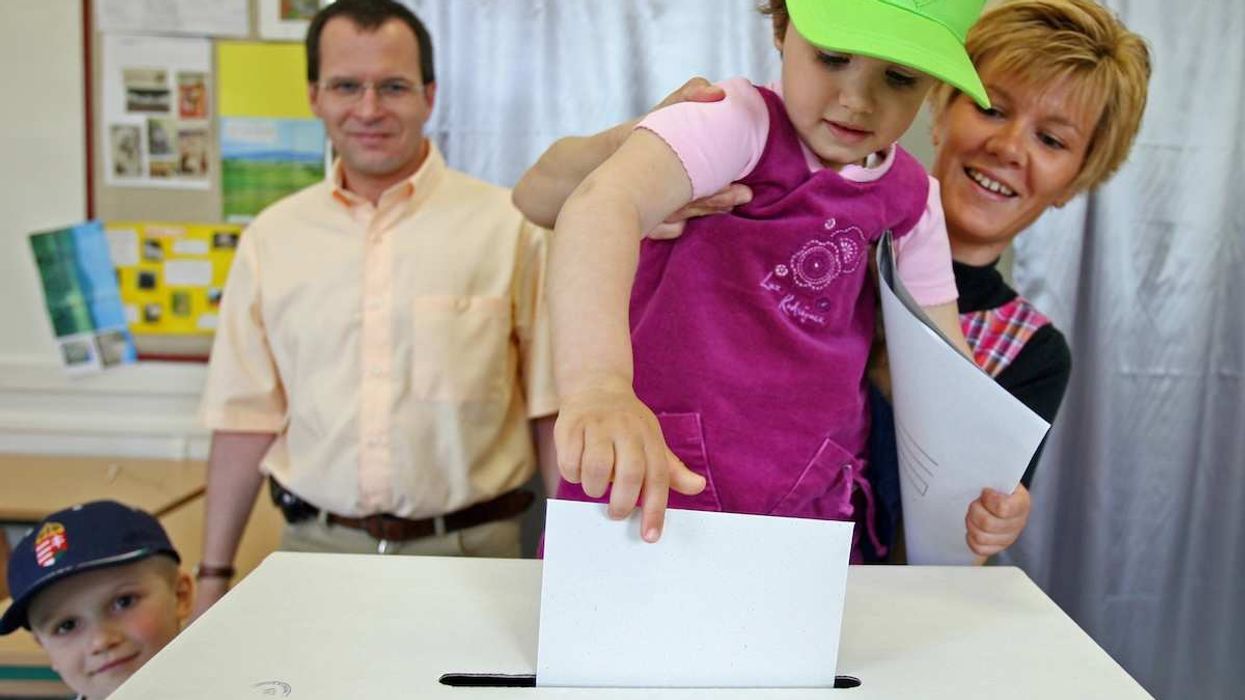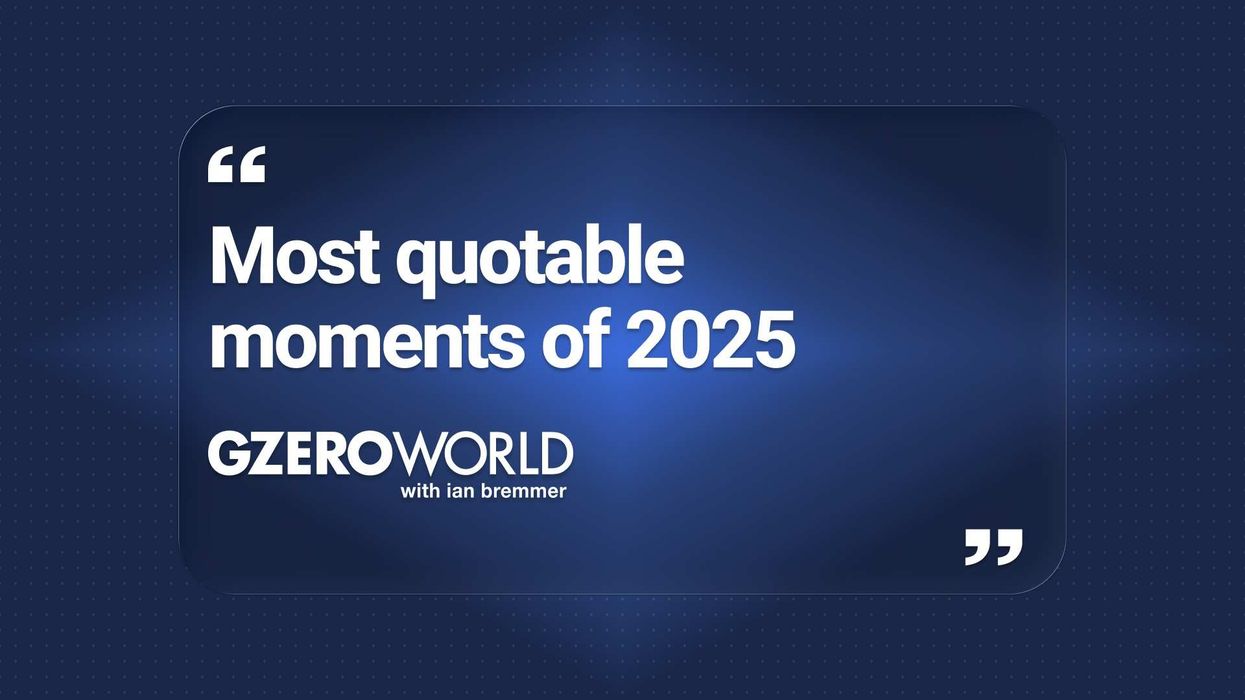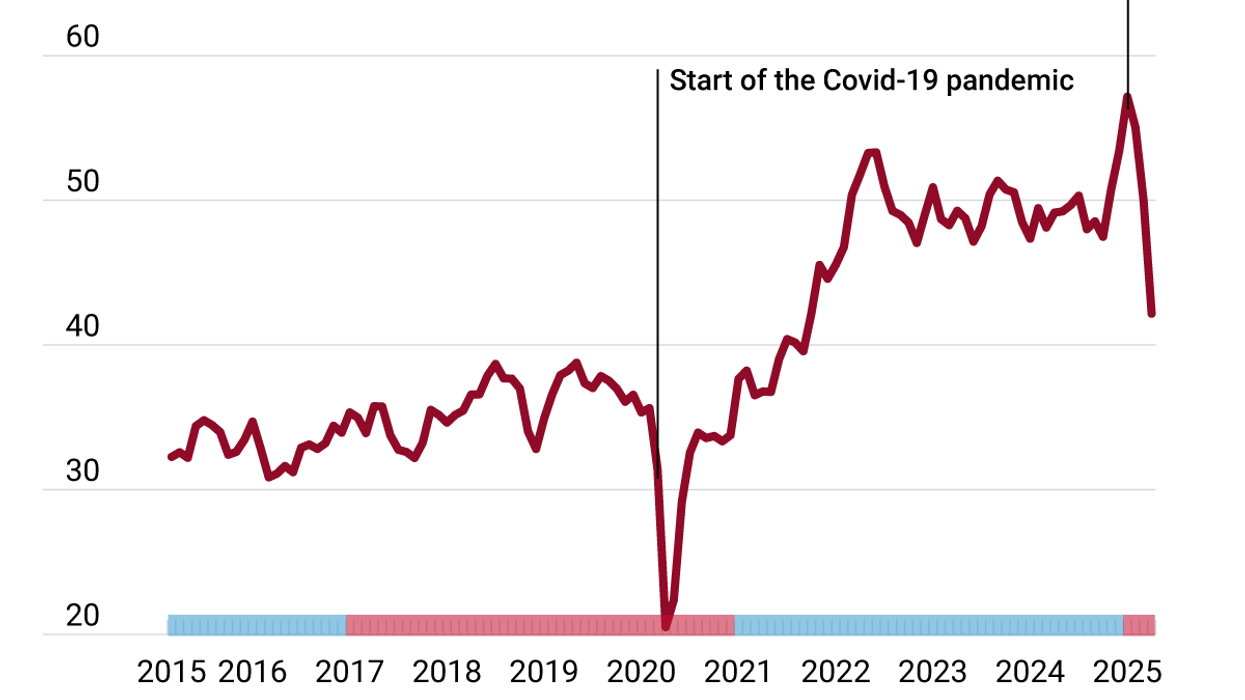As always, the bank said it may raise rates in the future if inflation picks up. But experts are warning that with mortgage renewals coming due for 74% of Canadian homeowners – roughly three million people – over the next year and a half, there will be a significant risk of default. Plus, the risk of a recession still looms. That may push the bank to consider a cut sooner rather than later. In September, Prime Minister Justin Trudeau predicted rates would fall by mid-2024.
Economists in the United States are thinking roughly along the same lines as Trudeau – though they’re a bit less optimistic. As the Financial Times reports, its FT-Booth survey expects the Fed will hold rates at a two-decade high until “at least” July, possibly later. The US economy has remained strong, with GDP growth hitting an annualized 5.2% in the last quarter.
Observers are watching for signs of a recession on both sides of the border while households stretch to meet monthly bills, rent, and mortgages. The Bank of Canada and the Fed will continue to walk a fine line between taming inflation and sending households over the financial cliff.
